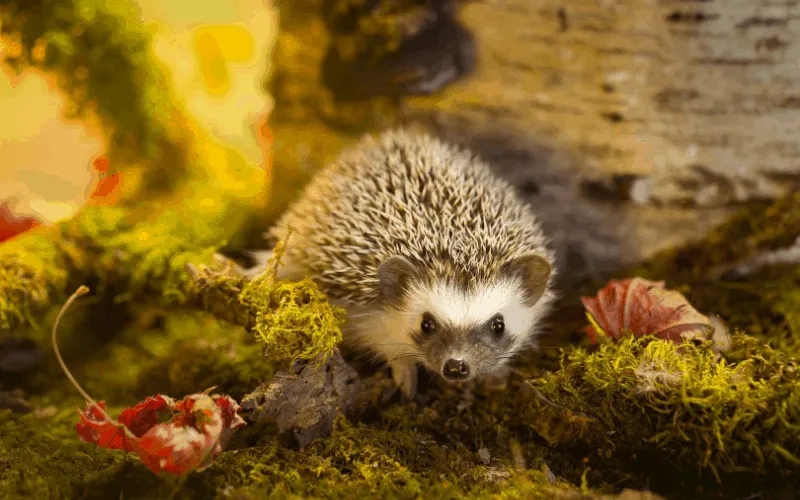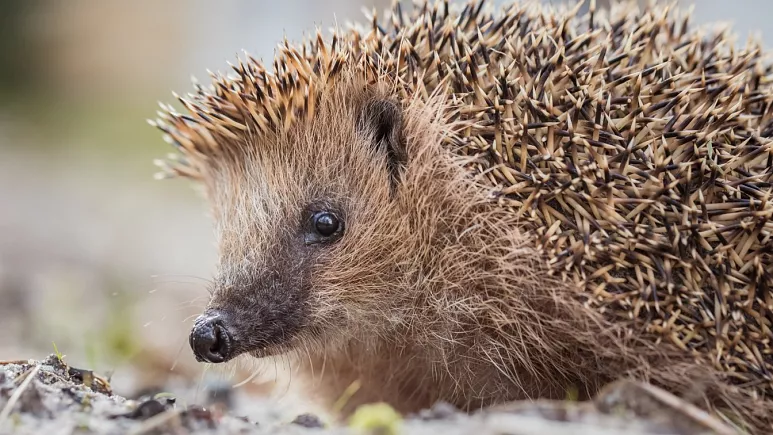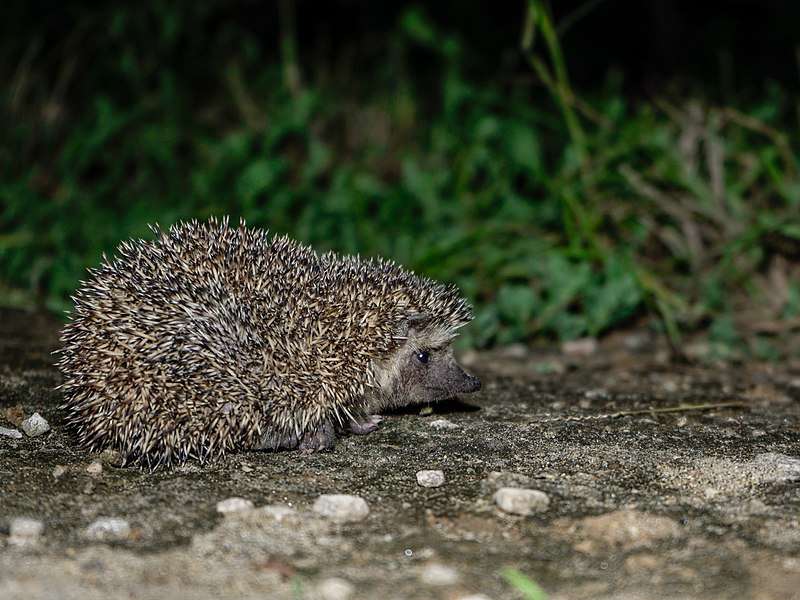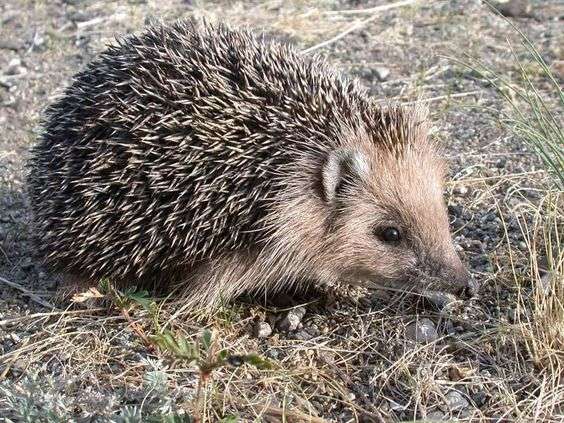
Description
Scientific Name: Atelerix albiventris
Lifespan: no more than 3 years in the wild and up to 10 years in captivity.
The spherical body shape, plush belly, and quill-filled back are characteristics of all African pygmy hedgehogs. Their small, rounded ears and endearing pointed faces are charming. Their huge snouts enable them to hunt insects in confined spaces.
The quills on these hedgehogs are white with black bands, and their bellies are white. African pygmy hedgehogs can have a wide range of various colors in addition to this one.
Hedgehogs have bands on their quills and different-colored noses, eyes, and bellies. Additionally, some variations have thicker covers on their faces.
Habitat
The arid, grassy plains of West, Central, and East Africa are the native habitat of the African pygmy hedgehog. In the wild, African pygmy hedgehogs cover a lot of ground.
Behavior
In the wild, African pygmy hedgehogs live alone, with the exception of the breeding season. They are shy, solitary beings who cower into a protective ball when frightened. Move carefully and socialize hedgehogs from an early age because they can bite if startled.
African pygmy hedgehogs are nocturnal animals that are quite active at night. With enough time and consistent socialisation, the majority of hedgehogs can be trained to tolerate handling without feeling uncomfortable and become fairly devoted to their owners.
As Pet

Housing
These loners, who prefer to live alone, may fight if kept with other hedgehogs. Even alone, they need room to explore. An enclosure that is at least 2 feet wide and 4 feet long is sufficient, while larger enclosures are usually ideal. Consider living in a smooth-surfaced structure, such as an aquarium. To encourage ventilation and security, make sure the lid is made of closely fitting mesh.
The habitat for hedgehogs needs to be quiet, warm (between 70 and 85 degrees Fahrenheit), and gently illuminated. Give the hedgehog a box or other secure hiding place so that it can take a nap. Some hedgehogs enjoy playing with toys like tiny balls in addition to tunnels.
Feeding
In the wild, hedgehogs are mostly insectivorous mammals. In the past, hedgehogs kept as pets were fed premium cat food along with crickets, mealworms, and other delicacies. The top hedgehog food on the market today for pets includes the essential nutrients your spiky animal needs. If you choose to feed it cat food, make sure it is a grain-free variety.
As nocturnal creatures, hedgehogs should ideally be fed at night when they are most active. Use a small bowl with low corners for the animal’s daily commercial diet. Fill the dish with food for the present day and discard any leftovers from the previous day.
Table





